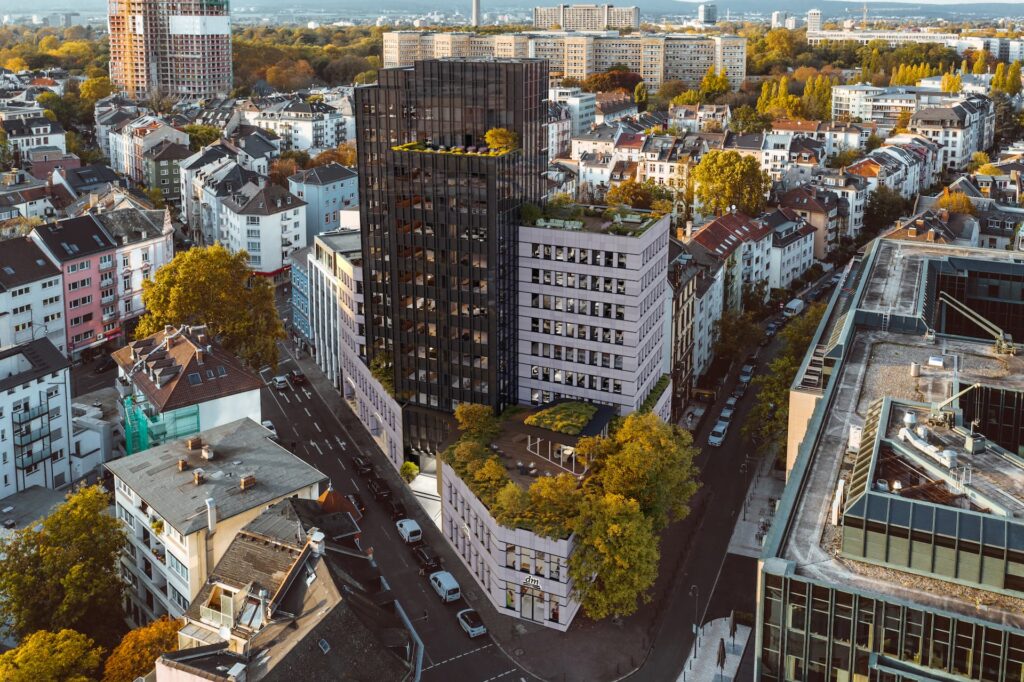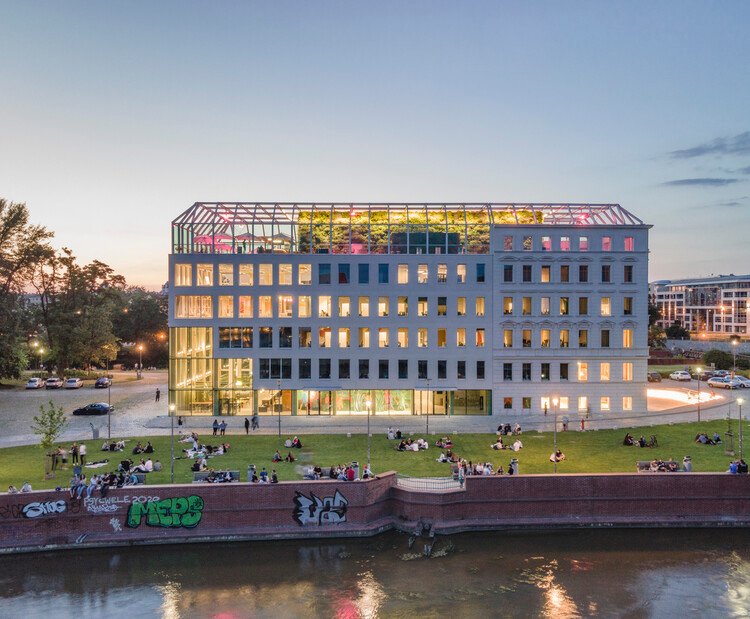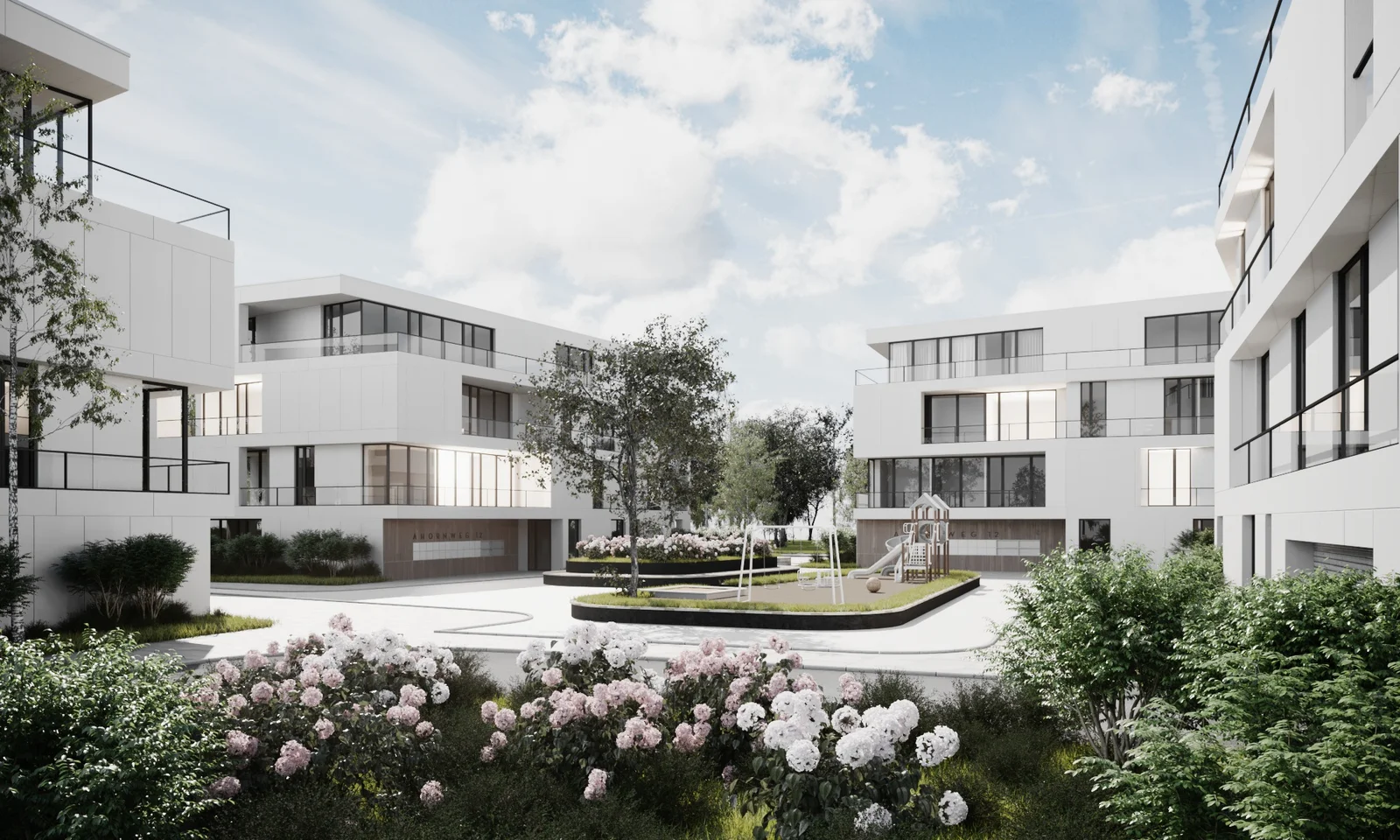3D Visualizations for Large Sports Venues and Stadiums: A Game Changer in Sports Management
In today’s digital age, the sporting industry is not left behind in harnessing the power of technology. One of the game-changing advancements is the use of 3D visualizations for planning, designing, and managing large sports venues and stadiums. This technology helps in creating realistic, detailed, and interactive models of sports venues for various purposes such as construction, renovation, event planning, and security management. In this blog post, we delve into the world of 3D visualizations and explore its applications in large sports venues and stadiums.
What is 3D Visualization and Why Does it Matter in Sports Venues?
Before diving into the specific applications of 3D visualizations in sports venues, it is essential to understand what this technology is and the potential value it brings to the sports industry.
Understanding 3D Visualization
3D visualization, also known as 3D graphics, refers to the process of creating graphical content using 3D software. It’s a technology that turns simple, flat, and lifeless plans into vibrant, detailed, and interactive 3D models. These models can be rotated, zoomed, and viewed from different angles, providing a comprehensive understanding of the design or layout.
The Impact of 3D Visualization on Sports Venues
For large sports venues and stadiums, 3D visualization offers a myriad of benefits. It allows architects, engineers, and event planners to visualize the complete layout of a stadium before its actual construction or renovation. This not only helps in identifying potential design flaws but also provides an opportunity to experiment with different design ideas. Moreover, 3D visualizations can also be used for effective communication with stakeholders, enabling them to visualize the final outcome. This technology, therefore, plays a crucial role in decision-making and reducing the overall project risk.
Utilizing 3D Visualizations for Enhancing the Appeal of Large Sports Venues and Stadiums
3D visualizations are revolutionizing how we perceive and understand large sports venues and stadiums. They provide an accurate, immersive, and interactive experience that elevates the way these venues are showcased. Let’s delve deeper into how this technology is transforming the sports industry.
Detailed Layouts and Interactive Experiences
One of the main benefits of using 3D visualizations for large sports venues and stadiums is the possibility of displaying detailed layouts. These renderings allow viewers to visualize the entire venue in a comprehensive way, including the seating arrangements, the location of exits and entrances, restrooms, food and beverage counters, and more.
Moreover, these visualizations can be interactive, allowing potential spectators to virtually explore the venue and even select their preferred seats. This provides a much more engaging experience compared to traditional flat floor plans and can significantly enhance ticket sales.
Improved Planning and Construction
3D visualizations are not only beneficial for spectators but also for architects, engineers, and contractors involved in the construction of large sports venues and stadiums. By creating a detailed 3D model of the proposed venue, these professionals can better understand the spatial relationships and dimensions of the project.
This technology also allows for efficient problem-solving. If any design flaws or potential issues are identified, they can be addressed and rectified in the digital model before the construction phase, saving time and resources.
Enhanced Marketing and Promotion
Another significant advantage of 3D visualizations is their marketing potential. By using these visualizations, stadiums and sports venues can provide potential sponsors and partners with a realistic depiction of the venue, highlighting advertising spaces and their visibility during events.
These visualizations can also be used in promotional materials, providing fans with a virtual tour of the stadium and creating excitement for upcoming events. Additionally, 3D models can be integrated into mobile apps or websites, providing an interactive platform for fans to explore the venue and engage with the brand.
In conclusion, the use of 3D visualizations for large sports venues and stadiums is a game-changer. It enhances the spectator experience, facilitates planning and construction, and provides a powerful tool for marketing and promotion. As technology continues to evolve, we can expect to see even more innovative uses of 3D visualization in this sector.In conclusion, 3D visualizations for large sports venues and stadiums are transforming the way we plan, design, and experience sporting events. They offer a comprehensive view of the venue, allowing stakeholders to make better decisions regarding layout, infrastructure, and crowd management. Moreover, these visual tools enhance the spectator’s experience by providing immersive views and interactive features. The use of 3D visualizations is not just a trend, but rather a necessity in the modern sports industry. By embracing this technology, large sports venues and stadiums can ensure smooth operations and memorable experiences for all attendees.







